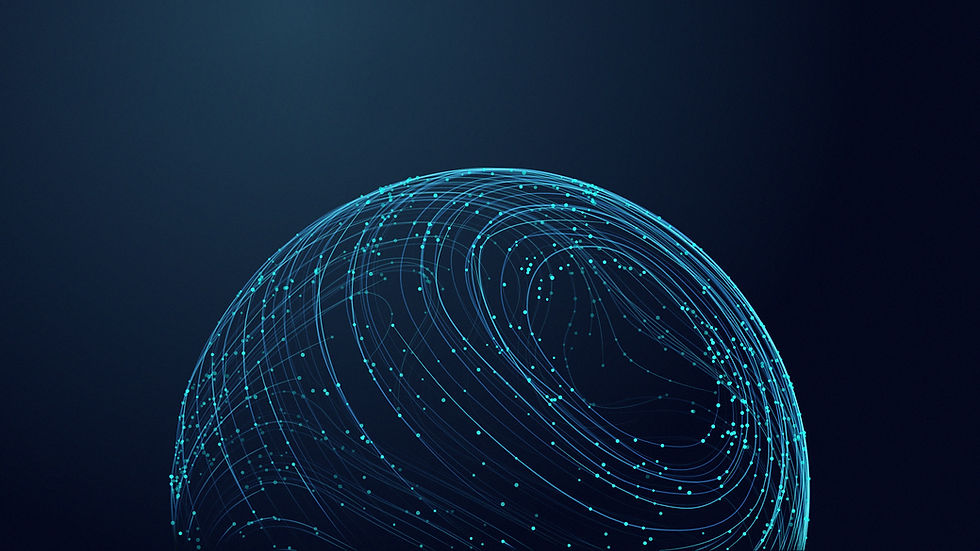5 Sectors that IoT will Change Forever
- Furaha

- Jan 4, 2020
- 3 min read
Updated: Jan 6, 2020

The IoT landscape is constantly evolving around us. Here we take a look at some of the key sectors that it is affecting.
Technology has already changed the way we hail taxis, order our Friday night takeaways, and pay our bills without getting out of bed, but as the Internet of Things – combined with technologies like cloud, edge computing and AI – evolves to better serve businesses’ needs, we will see digital transformation across all kinds of sectors. Here’s a snapshot of a few industries that IoT will change for good.
Farming
Over the years, inventions such as the seed drill, the plough and fertilisers have had a dramatic impact on the way many farmers operate – but data generated through enhanced connectivity and the use of IoT devices will ensure they can make the very most of what they produce.
“Out in the fields, sensors in the earth will give farmers a far clearer picture of soil conditions and allow them to make better-informed decisions in order to increase crop yields.”
Similarly, sensors placed on livestock allow farmers to keep a closer eye on the health of their herds, picking up potential health problems before they have a chance to spread to other animals.
Construction
Employees of major construction companies could be working on a new shopping centre in Spain one day and checking in on the progress of a state-of-the-art football stadium in Russia the next, which makes borderless connectivity essential to staying on top of things. They need to be able to access all company systems without clocking up huge roaming charges or running into connectivity issues, no matter which corner of the globe their work takes them to.
“Meanwhile, IoT sensors can also enable previously impossible levels of monitoring, ensuring that structures maintain their integrity both in construction and afterwards, avoiding reliance on periodic inspections to catch potential problems and instead providing advance warnings of when maintenance work is required.”
This relies on affordable, low-demand, always-on connectivity no matter where in the world the project is.
Food and beverage logistics
Travelling can be an arduous enough process when you’re a human being strapped into a reclining seat, with a catalogue of films to watch and people on hand to serve you food and drink as and when required, so imagine what it’s like if you’re a tomato packed into a crate or a bottle of wine stowed away in a dark box.
Any business that transports products internationally can benefit from better monitoring of the process, particularly when conditions on the journey can affect the quality of the cargo when it arrives at the other end.
“IoT and borderless connectivity not only allow companies to keep track of the progress made by logistics vehicles, but sensors onboard can also monitor the temperature and condition of the cargo, ensuring that it’s transported correctly and arrives exactly as it left.”
In the wine making industry, for example, sensors in different parts of the vineyard could also give winemakers better insight into the health of their crops, the sugar levels in the grapes, and the conditions of the soil, to help ensure the high quality of wines each year.
Healthcare
Hospitals and healthcare facilities are veritable data factories, generating huge amounts of information on patients every single day. Appointments, test results, and patient monitoring systems all contribute to the torrent of information flowing out of each one, so as IoT devices become more sophisticated and widespread, and more medical equipment gets connected, there is an opportunity for medical and administrative staff to harness this data to improve the quality of care.
Devices that remotely monitor a patient’s blood pressure, for example, and relay this information to a healthcare professional in real-time could help identify patterns and support treatment planning, as well as alert a nurse or doctor if severe issues emerge. Through new telehealth applications, IoT is also transforming healthcare in remote areas.
Emergency services and maintenance
Most people use wearables to keep fit – but for someone with a dangerous job it could be the difference between life and death.
“In hazardous environments, IoT-enabled wearables, like sensors incorporated into protective clothing, can monitor workers’ fatigue and stress levels, particularly those who work with potentially dangerous equipment; ensure they’re not being exposed to harmful substances; or just track their location using GPS and keep them in regular contact with co-workers.”
This is just a snapshot of the transformational potential of IoT – but they demonstrate that the capture, movement and management of IoT data, and leveraging this data for actionable insights, is only possible with reliable, secure connectivity. Increasingly, edge computing and AI are also being leveraged by businesses in IoT use cases to enable real-time data analytics for immediate decision making and action by the device itself.




🤷🏿♂️🤷🏿♂️